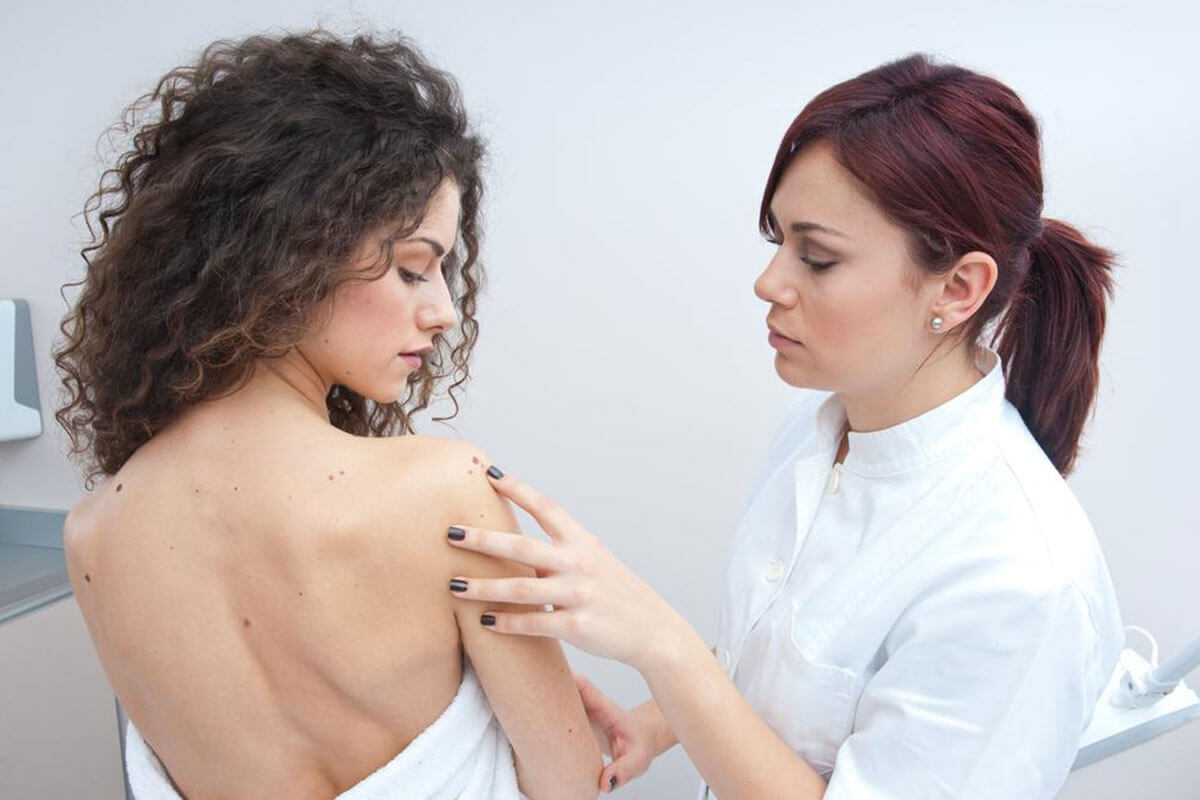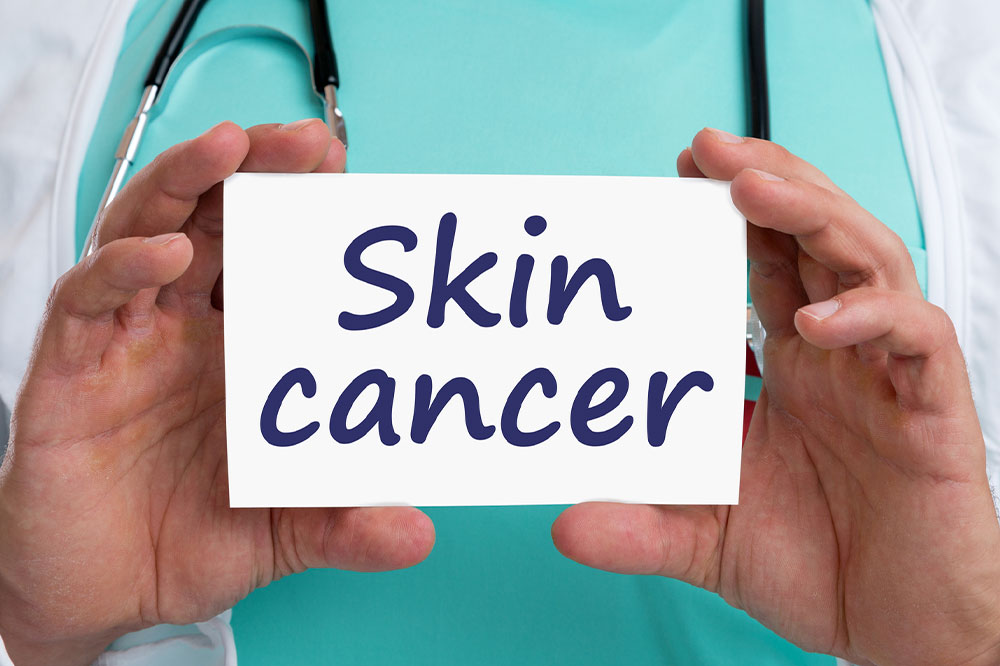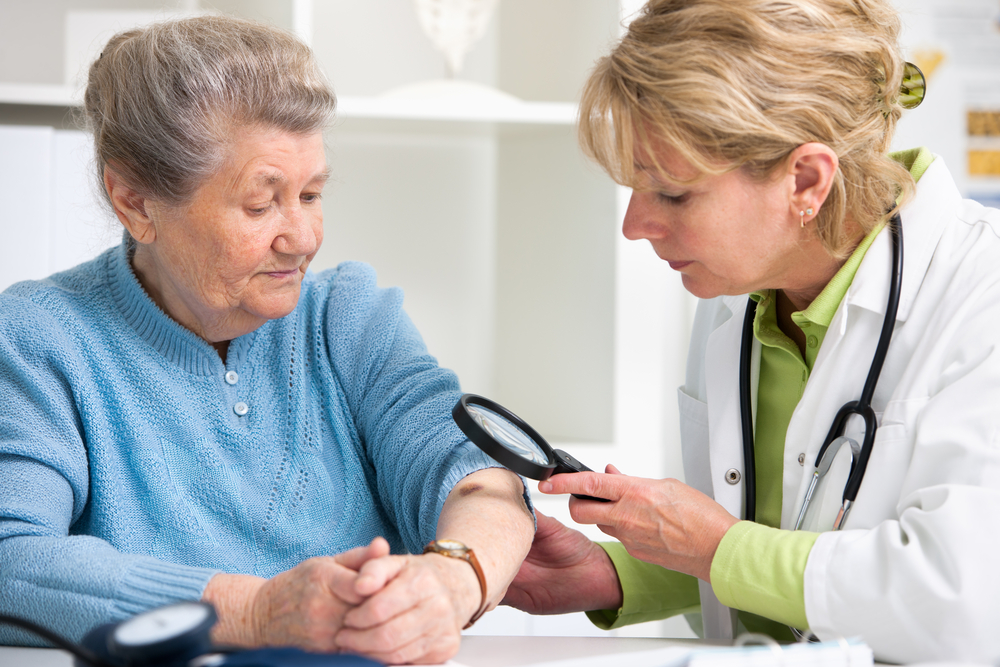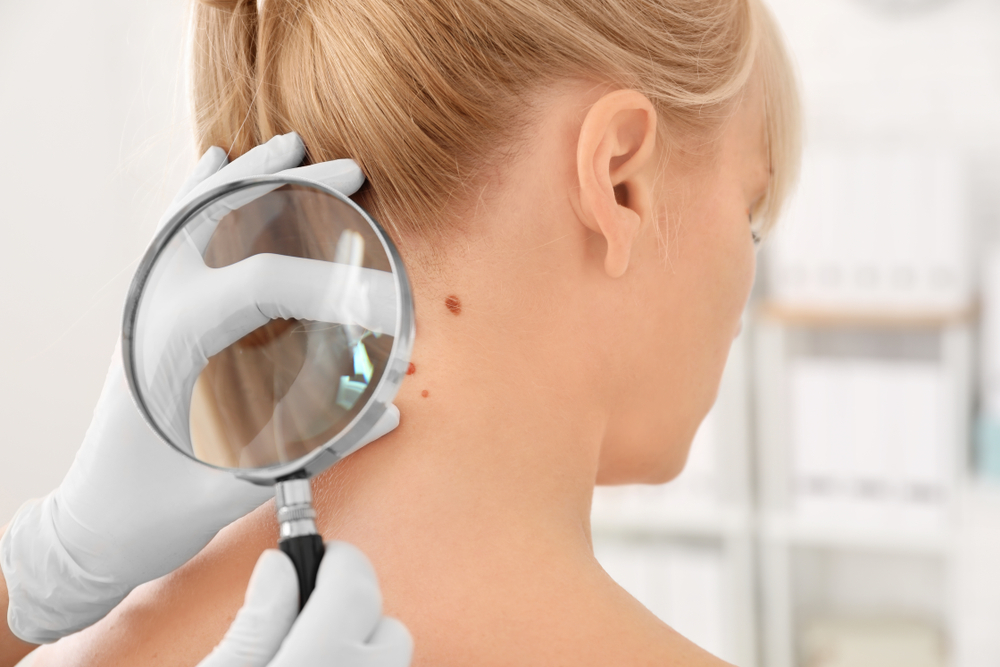Comprehensive Guide to Skin Cancer Recognition and Prevention
This comprehensive guide covers all essentials of skin cancer, including its types, symptoms, risk factors, prevention tips, and treatment options. Early detection and protective measures can significantly reduce risks. Stay informed and consult your doctor for any concerns related to skin health.

Comprehensive Guide to Skin Cancer Recognition and Prevention
Understanding Skin Cancer: Symptoms, Types, and Prevention
Skin cancer remains one of the most prevalent and concerning health issues globally. It can develop on any skin surface, affecting layers like the epidermis, dermis, and subcutaneous tissue, with potential to spread to nearby tissues and organs in advanced stages. Awareness of its types, risk factors, symptoms, and early detection methods is crucial for effective management and treatment.
Major Types of Skin Cancer
Keratinocyte carcinomas, originating in skin keratinocytes, are the most common. These include Basal Cell Carcinoma (BCC) and Squamous Cell Carcinoma (SCC).
Melanoma, arising from melanocyte cells responsible for pigmentation, is less common but more dangerous.
Additional rare types include Merkel cell carcinoma, Kaposi’s sarcoma, skin adnexal tumors, cutaneous lymphoma, and various sarcomas.
According to research, approximately 50% of individuals will experience BCC or SCC at least once. Annually, about 3.5 million cases of these carcinomas are diagnosed nationwide. Melanoma, though less frequent, accounted for roughly 76,000 cases in 2014. Commonly, BCC and SCC develop on sun-exposed regions like the face, neck, hands, and scalp, but can also appear internally. Melanoma often mimics benign moles but has serious implications if overlooked, affecting men more than women.
Chronic sun exposure may lead to actinic keratosis (AK), characterized by rough, scaly patches, increasing the risk for skin cancers. More than 58 million Americans suffer from AK, with risk escalating with age—half of all adults over 65 develop keratinocyte cancers.
Men over 50 face higher risks of BCC and SCC, while melanoma is more common among individuals aged 25-29. UV exposure, fair skin, and genetic factors contribute to susceptibility.
Key risk factors include:
Fair skin, especially red or blonde hair
Severe sunburns
Family history of skin cancer
Tobacco use
Autoimmune conditions and immunosuppressive treatments
High-altitude living where UV rays intensify
Symptoms to watch for include unhealed sores, bleeding, unusual moles with irregular borders, sudden itchiness or tenderness, and rapidly growing spots. Early detection through regular skin examinations can save lives.
Preventive measures involve minimizing sun exposure during peak hours, applying sunscreen, and wearing protective clothing. Prompt medical attention is essential if any suspicious symptoms appear. Treatment options range from surgical procedures and cryotherapy to advanced therapies like immunotherapy and radiation, especially effective when diagnosed early.










